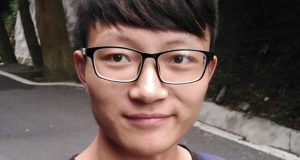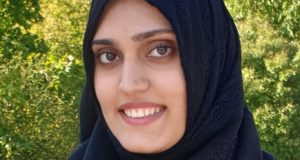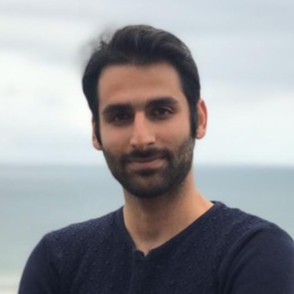Ardiana Kajtazi is a PhD researcher at Ghent University who is originally from Medulin, Croatia.
At undergraduate level, she studied for a bachelor’s in Environmental and Public Health at the Faculty of Medicine, University of Rijeka, Croatia.
Before completion of her bachelor’s, she undertook a three-month voluntary programme with AIESEC in Iceland to work for the environmental non-profit organisation Worldwide Friends Veraldarvinir; as part of her gap year. Her job was to lead groups of volunteers by planning trips, organising tasks, working in greenhouses, making presentations about the environment and addressing plastic pollution issues; amongst many other things. After this voluntary work, she started to work in the pharmaceutical company JGL d.d. in Rijeka, Croatia, as an intern/student assistant responsible for work in drug finalisation, such as operating the machinery that packs pills, syrups and sprays.
Due to her motivation to get hands-on experience with analytical instrumentation, she decided to pursue a Master of Research in Pharmaceutical Analysis at Nottingham Trent University, UK. Her master’s project, supervised by Dr. Quentin Hanley, was focused on analytical chemistry and aimed at improving the accuracy of chemistry instrumentation, such as NMR, UHPLC/UV-Vis, standard spectrophotometer and Nanodrop spectrophotometer, with repeating measurements via the statistical analysis of big data sets. The results of this research bought about some interesting conclusions that are soon to be published.
Currently, Ardiana is an Early Stage Researcher at Ghent University working on InnovEOX project (ESR12) “Combination of retentive and spectroscopic data in artificial intelligence-based strategies for functional group flagging of AOP products” supervised by Prof. Frederic Lynen and co-supervised by Dr. Hamed Eghbali. This project will focus on the development of novel analytical techniques to improve the identification/characterization of the formed degradation products and elucidate the encountered degradation pathways. Deep learning artificial intelligence, such as neural networks, will be used for the interpretation of multidimensional GC-MS and LC-MS contour plot data to facilitate structural elucidation and functional group classification.
In her free time, Ardiana is a dancer, kickboxer and plays the clarinet.
 InnovEOX Innovative Electrochemical OXidation Processes for the Removal and Analysis of micro-pollutants in water streams
InnovEOX Innovative Electrochemical OXidation Processes for the Removal and Analysis of micro-pollutants in water streams



